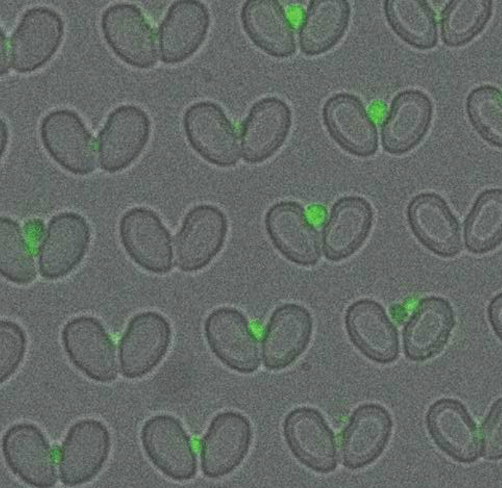Establishing Tools for Investigating Symbiosis in Green Algae
RNAi silencing technology has been established for Paramecium bursaria enabling knockdown of host genes of interest (link). However, complementary functional genomics capacity has not yet been established for the green algal endosymbionts of P. bursaria, which belong to the Chlorella clade. As part of a Moore Foundation symbiosis model systems project (link), we are developing genetic tools for endosymbiotic Chlorella species. The initial stages of this project involve constructing modular expression vectors and optimising transformation protocols. Ultimately we aim to achieve targeted knockout and/or knockdown of putative symbiosis associated genes via CRISPR/Cas9 and/or vector-based delivery of siRNA.
Endosymbiotic Chlorella species secrete a large proportion of their photosynthate as maltose and/or glucose. These sugars likely constitute the major algal contribution to endosymbiotic partnerships. However, it is unclear if additional secreted metabolic outputs are important for these interactions. It is also unclear how the composition of endosymbiotic Chlorella secretions can vary in response to changes in ecologically relevant conditions (e.g. pH and nitrogen availability). In collaboration with Stefano Pagliara (link) and Pieter Dorrestein (link), we are exploring these issues by combining microfluidic technologies with untargeted mass spectrometry.


